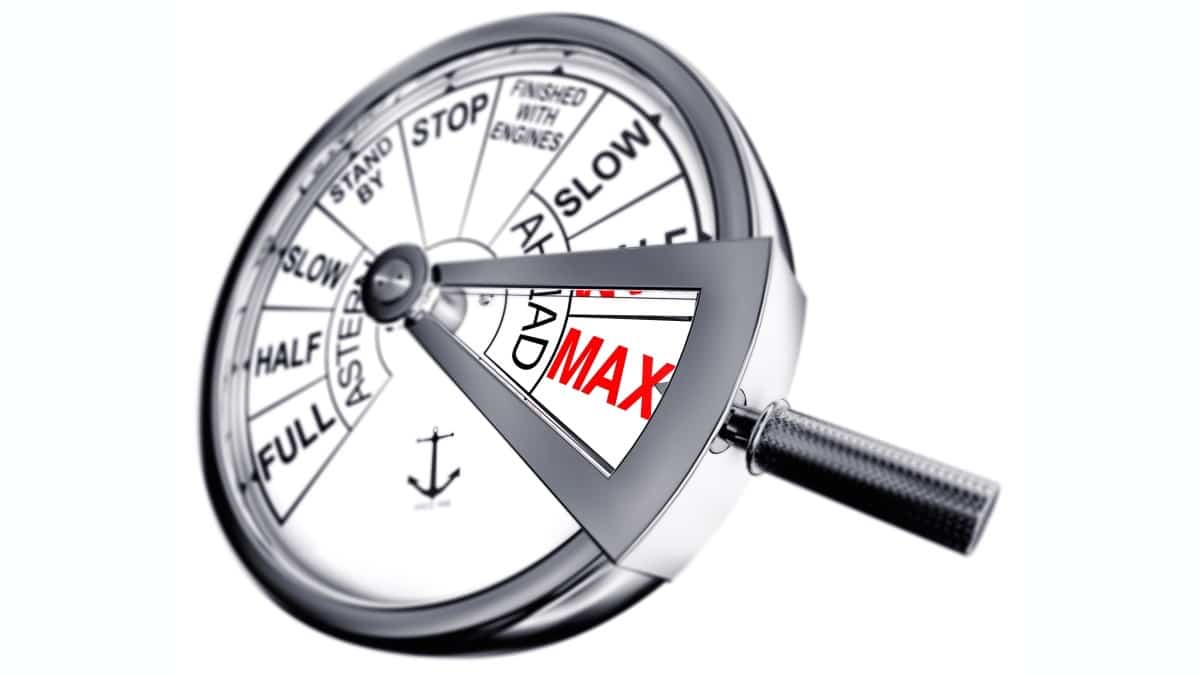In this guide
If you have heard a super recontribution strategy may be worth considering but wondered what it was, the name says it all – you withdraw some of the savings from your super account and then recontribute them back into the super system.
Which raises an obvious question. Why take money out of super and then put it straight back in again?
Like many things to do with super, it’s all about the tax benefits that could be gained from using this strategy.
Important: The information in SuperGuide is of a general nature only and cannot be considered financial advice.
How a recontribution strategy works
Implementing a recontribution strategy simply involves withdrawing a lump sum from your super account and then recontributing the money back into your, or your spouse’s, super account as a non-concessional (after-tax) contribution.
To be eligible to make a lump sum withdrawal you generally need to have turned 60 and retired, left a job after your 60th birthday, or reached age 65. Withdrawals are tax-free when you are 60 or older, except if you are a member of an untaxed super fund.
Learn more about tax on super withdrawals after age 60.
Making a withdrawal followed by a non-concessional contribution converts any taxable components you withdrew into a tax-free component. You may be asking why this matters if your withdrawals are already tax fee, and the answer is that tax-free components are passed on without tax after you pass away, while taxable components attract at least 15% tax when paid to beneficiaries that are not tax dependants (including adult children).
Using your withdrawal to contribute to your spouse’s account could also help you keep your individual balances below the $1.9 million transfer balance cap or the pending $3 million limit above which your balance will begin to attract additional tax.
For an example of how a recontribution strategy can be used, check out our detailed case study.
Understanding your super benefits
When trying to get your head around how a recontribution strategy works, it’s important to realise that the money in your super account is classified into separate components:
1. Tax-free components
The tax-free component of your super is generally the contributions on which you have already paid tax (non-concessional contributions). Some older components including pre-July 1983 benefits were also converted into tax-free component when the current system was introduced in 2007.
The tax-free component is always released from super tax free, regardless of your age when you take your super benefit, or who you leave your benefits to when you die.
2. Taxable components
The taxable components are the concessional contributions (such as Super Guarantee and salary-sacrifice contributions) held in your super, plus all the accumulated investment returns on your savings. This is divided into:
- Taxable component – taxed element
- Taxable component – untaxed element (this only occurs in untaxed super funds such as SuperSA’s – TripleS scheme and West State Super).
Your taxable component is calculated as follows:
Total super account balance – tax-free component
= Taxable component
The proportioning rule
Whenever money is paid out of your super, the payment is made in the same proportions of tax-free and taxable component as your total balance.
For example, if your super account has an 80% taxable component and 20% tax-free component, any withdrawal will consist of 80% taxable component and 20% tax-free component. Withdrawals cannot be made from only one component of your account.
Learn more about the proportioning rule and super tax.
When you make your recontribution, you can consider keeping it in a separate account so that it is not mixed with taxable components. Doing this allows you to make future withdrawals from your original account without being forced to withdraw any of the tax-free component you have just created. You may then proceed to recontribute those additional funds to the account you’re using to hold tax-free components if you wish.
Need to know
In a self-managed super fund (SMSF) you may not maintain more than one accumulation account/interest for the same member. If you have an SMSF and want to make your recontribution to a separate account to keep your tax components apart, you will need to join another super fund to hold your tax-free account there.
If you’re not using an SMSF, be sure to tell your super fund that you are deliberately holding two accounts, so the administrator doesn’t automatically consolidate them into one.



















